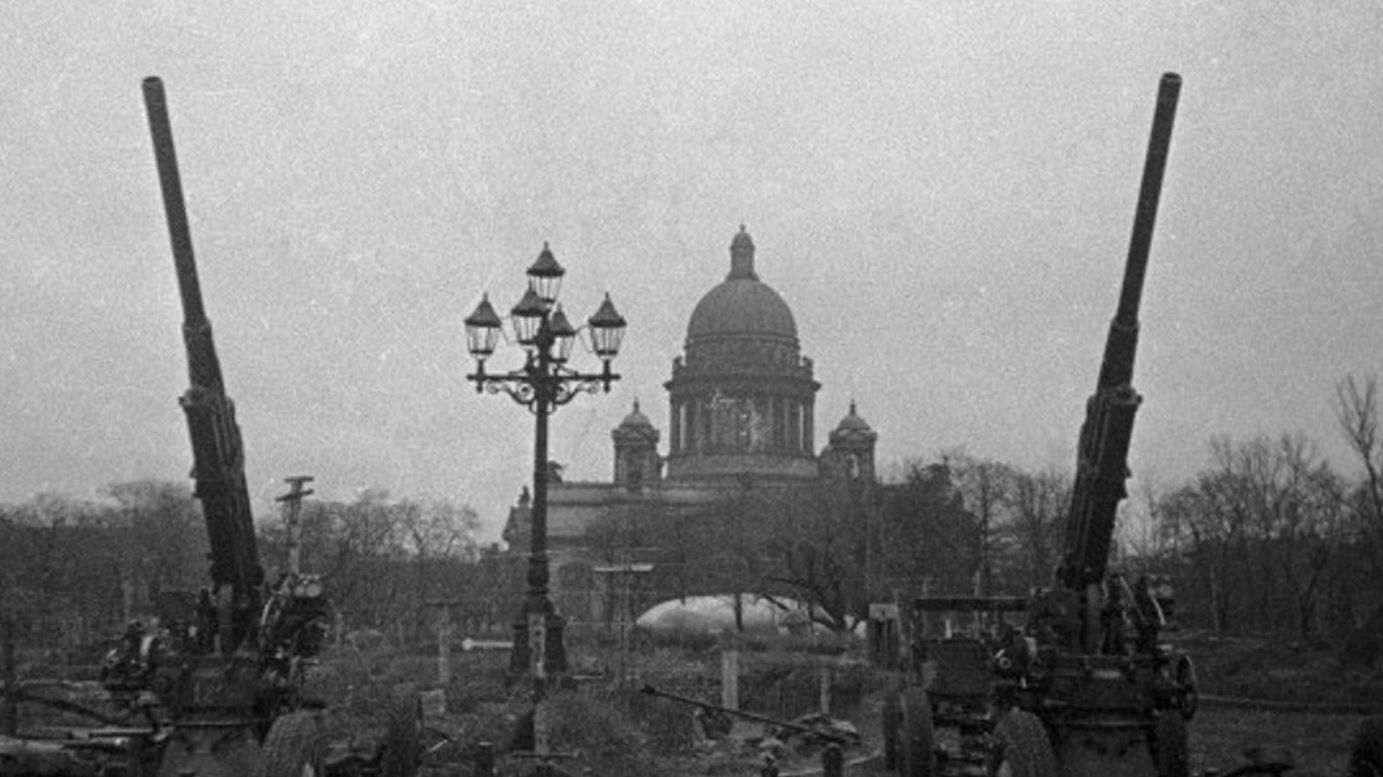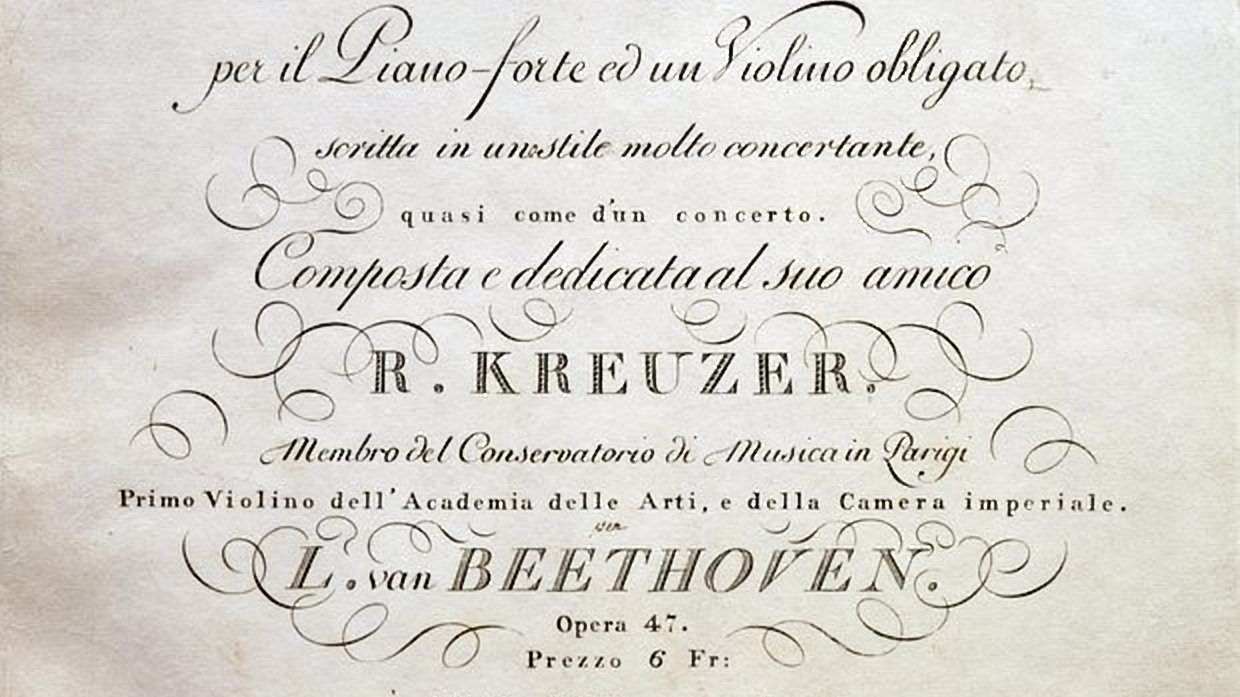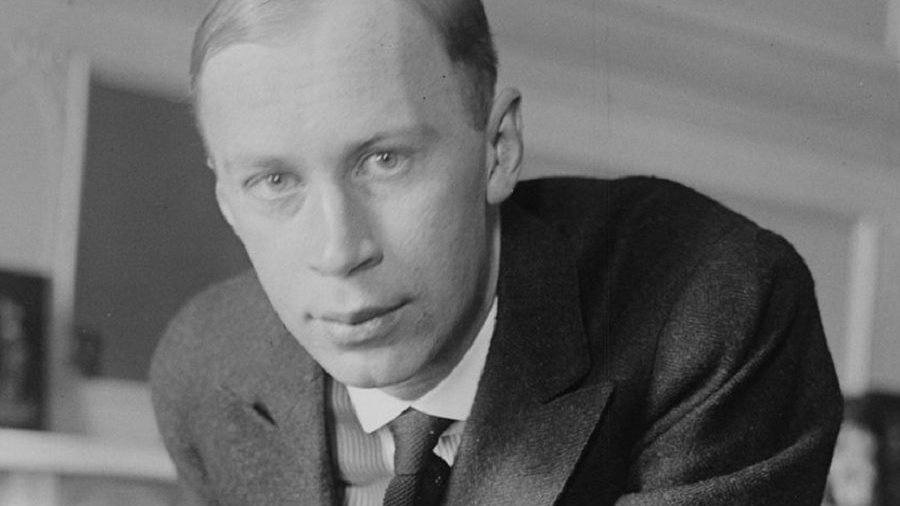Martha Argerich Plays Brahms: The Rhapsodies, Op. 79
The title, “rhapsody,” suggests free and improvisatory music in which raw emotion supersedes formal structure. Johannes Brahms’ two Rhapsodies, Op. 79 for solo piano only partially conform to this definition. While both are passionately Romantic, they unfold with a clearly defined sense of structure—ternary or “ABA” in the first movement, and sonata form in the second. Brahms wrote the Op. 79 Rhapsodies during the summer of 1879 at the Austrian resort town …







